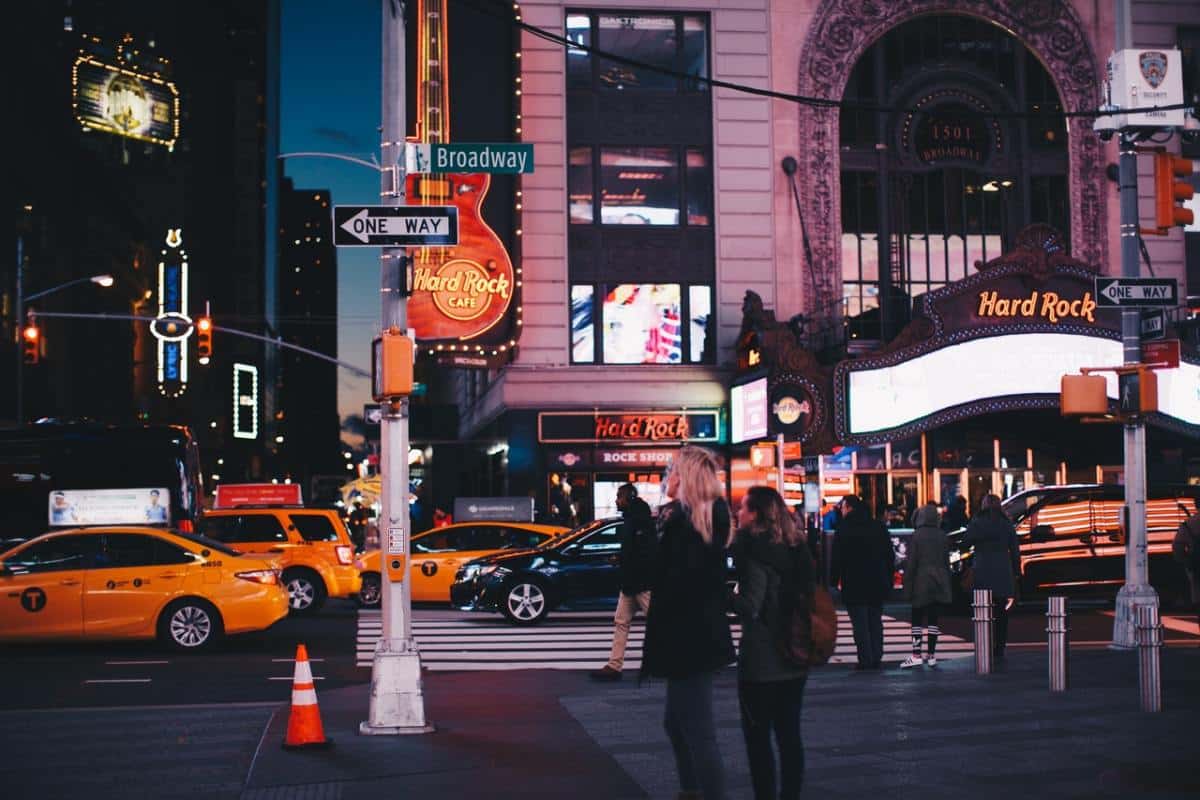An Unbiased View of Street Photographers
Table of ContentsUnknown Facts About Street PhotographersNot known Details About Street Photographers Street Photographers Fundamentals ExplainedFacts About Street Photographers RevealedHow Street Photographers can Save You Time, Stress, and Money.
Road professional photographers do not always have a social function in mind, yet they choose to separate and capture minutes which could or else go unnoticed.Though he was influenced by much of those that influenced the road photographers of the 1950s and '60s, he was not mainly interested in catching the spirit of the road. The impulse to aesthetically record people in public started with 19th-century painters such as Edgar Degas, douard Manet, and Henri de Toulouse-Lautrec, who worked side by side with digital photographers attempting to catch the significance of metropolitan life.

Given the great quality of his photographs and the breadth of material, architects and musicians typically got Atget's prints to utilize as referral for their very own work, though industrial interests were hardly his main motivation. Rather, he was driven to picture every last residue of the Paris he enjoyed.
The Best Strategy To Use For Street Photographers
They expose the city via his eyes. His job and fundamental understanding of digital photography as an art kind worked as motivation to generations of digital photographers that adhered to. The following generation of street photographers, though they likely did not refer to themselves as such, was ushered in by the photojournalism of Hungarian-born digital photographer Andr Kertsz.
Unlike his peers, Brassa used a larger-format Voigtlnder cam with a longer exposure time, compeling him to be much more computed and thoughtful in his practice than he may have been if using a Leica.
Cartier-Bresson was a champion of the Leica video camera and one of the initial digital photographers to optimize its capacities. The Leica allowed the digital photographer to interact with the surroundings and to record moments as they happened - Street Photographers. Its fairly tiny dimension also helped the photographer fade right into the history, which was Cartier-Bresson's recommended approach
An Unbiased View of Street Photographers
It is as a result of this fundamental understanding of the art of picture taking that he is often credited with discovering the tool throughout once more approximately a century given that its development. He took pictures for more than a half century and affected generations of professional photographers to trust their eye and intuition in the moment.
These are the inquiries I will try to address: And after that I'll leave you with my very own definition of road digital photography. Yes, we do. Let's kick off with specifying what an interpretation is: According to it is: "The act of defining, or of making something certain, distinct, or clear".
No, most definitely not. The term is both restricting and misdirecting. Seems like a street digital photography must be pictures of a roads ideal?! And all street photographers, other than for a little number of absolute newbies, will completely appreciate that a road is not the key part to street photography, and in fact if it's a photo of a street with perhaps a few uninteresting people doing absolutely nothing of interest, that's not road photography that's a picture of a street.
He makes a valid factor don't you assume? While I agree with him I'm not certain "candid public photography" will catch on (although my site I do kind of like the term "candid digital photography") because "street photography" has actually been around for a lengthy time, with several masters' names affixed to it, so I think the term is here to stay.
The Definitive Guide to Street Photographers
Inside?! I hear you yell as you shake your clenched fist to the skies. Why not? You can contend the coastline, at a festival, in an alley, in a park, in a piazza, in a coffee shop, at a museum or art gallery, in a metro terminal, at an occasion, on a bridge, under a bridge ...

Street Photographers Fundamentals Explained
